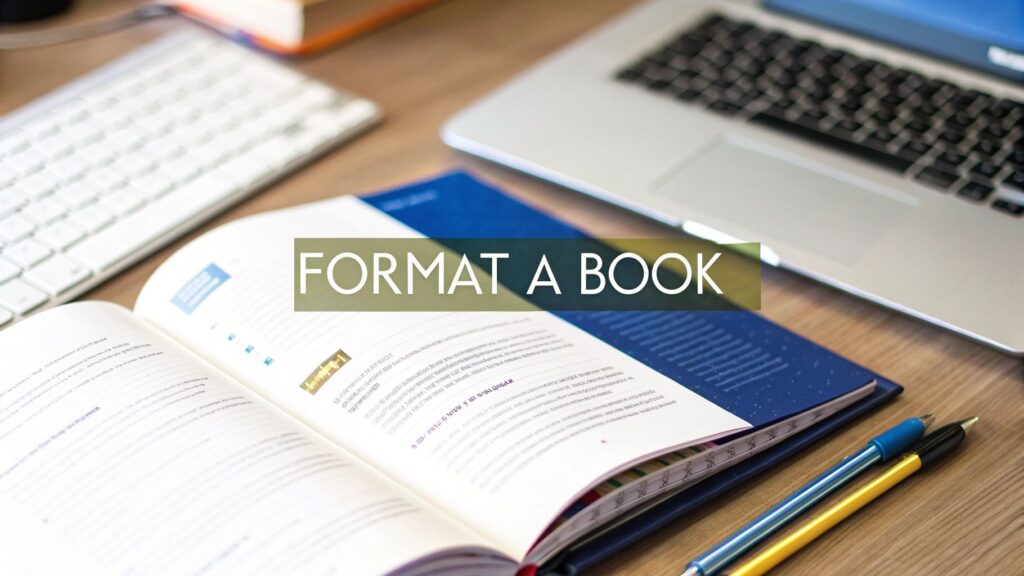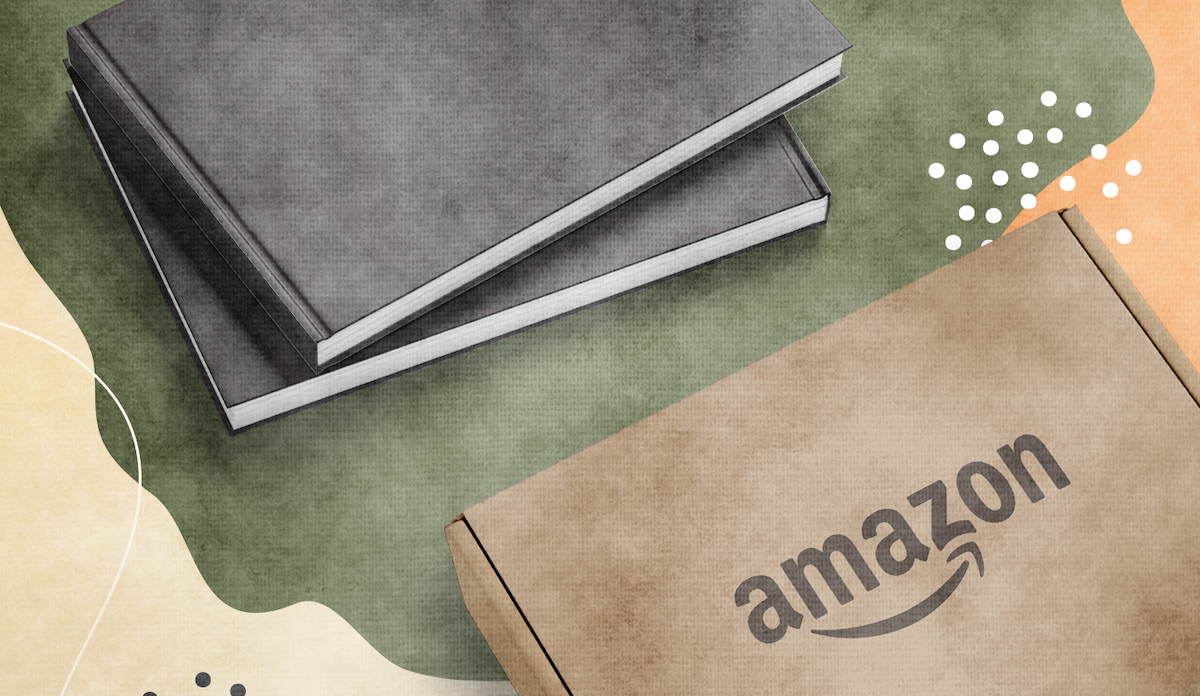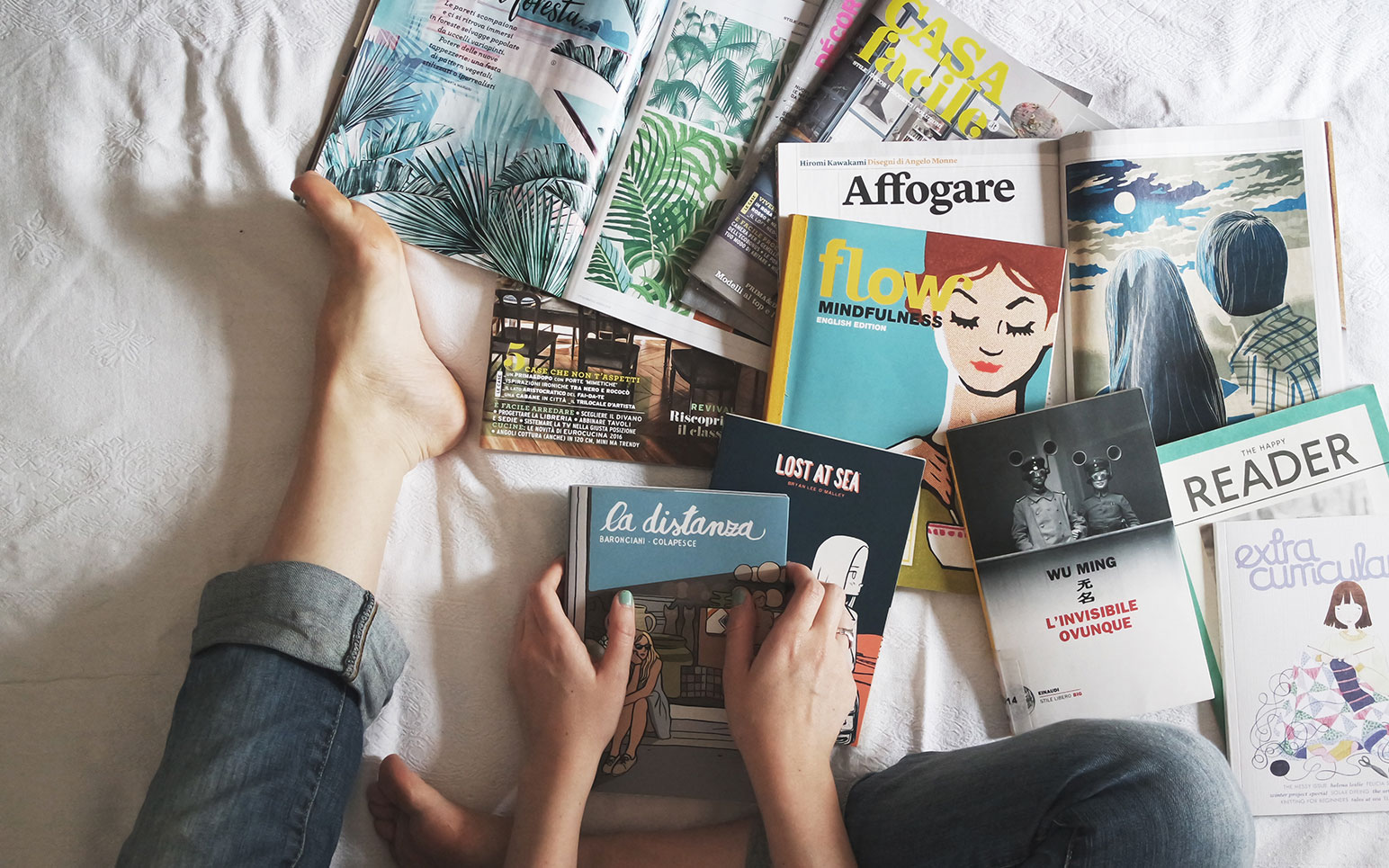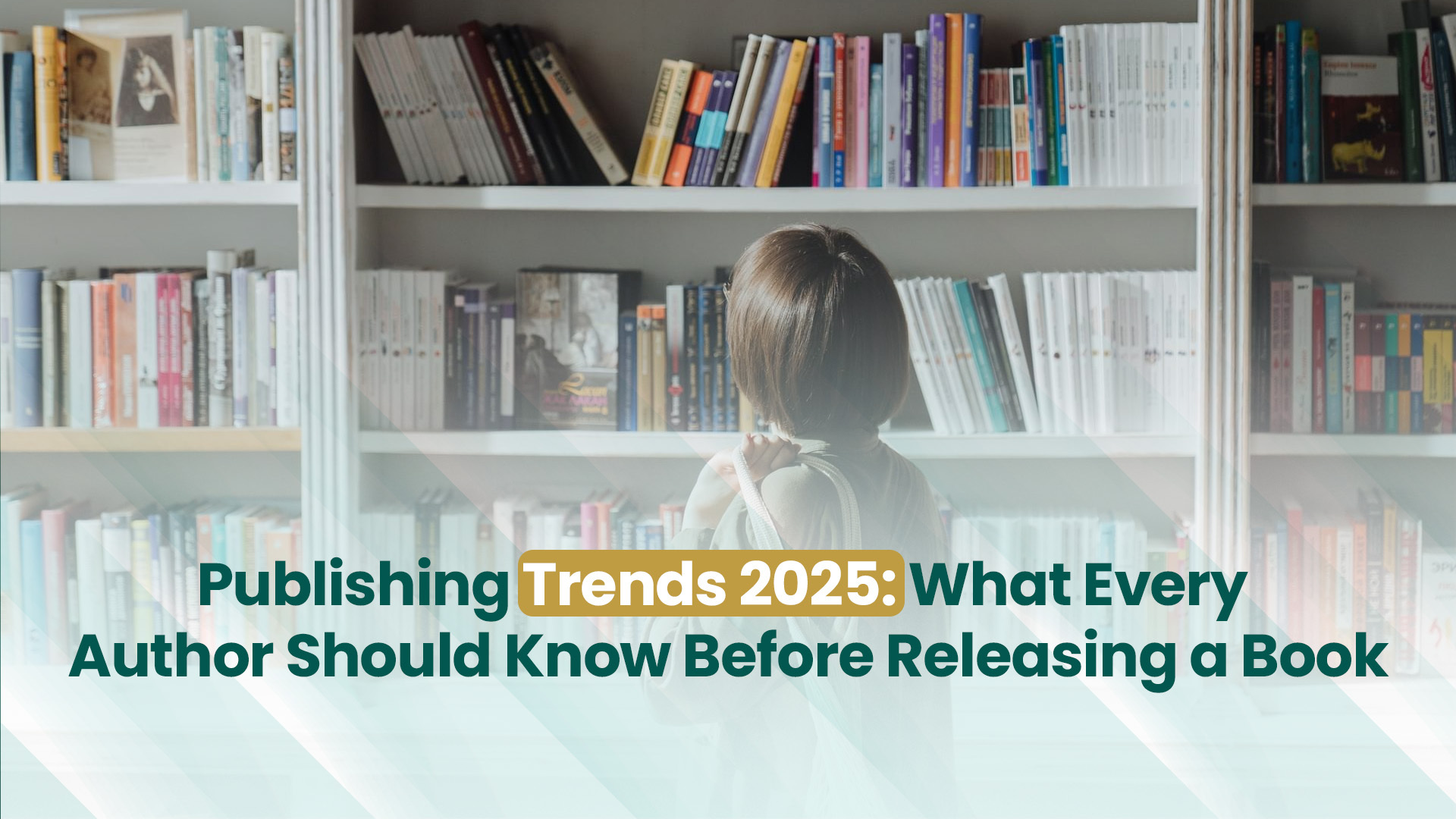You have written something special, after too much hard work and dedication. It may be whatever. A novel, a book of poetry, or perhaps a story that stayed in your mind for years. Every word is written from your heart, and now the pages are ready. Missing something? Exactly! How are you going to publish it?
You wonder, “Should I try Self Publishing where I take full control over the printing, marketing, and editing? Or, should I try traditional publishing where a company takes control over the process?”
This type of question comes in the mind of every writer and without any doubt, both paths can lead to success. But they work differently and knowing the difference between them will save you a lot of time, effort, and in some cases, money.
This guide will walk you through both options in simple, clear language. No complex terms and no confusing steps. You’ll be going to learn everything about self publishing and traditional publishing. The pros and cons, budget, and what works best for you.
The Journey of Self- Publishing
To make the process easier, we will also include trusted industry links and professional resources like Professional Book Publishing Company. Their team helps with editing, cover design, printing, and marketing for both self publishing and traditional publishing paths.
Consider it a journey that takes you to the world of publishing. By the end, you will easily decide what path you are taking to mainstream your book.
Table of Contents
ToggleWhat is traditional publishing?
Traditional publishing is when the publishing firm takes over your book, edits it, and prints it, then sells it on your behalf. In traditional publishing, the publisher is responsible for all editing, design, and marketing chores and handles printing and distribution.
As an author, you sign that contract and get royalties, a small percentage of sales. It’s generally about 10 to 15 percent. The rest goes to the publisher, who covers the cost and assumes the risk.
How It Works
- You write your book.
- You either send it to literary agents or directly to the publishing houses.
- If they like it, they make you an offer.
- You sign the contract.
- The publisher edits, designs, prints, and markets your book.
- It would take a number of months, perhaps even years, before your book will finally be professionally published.
Example:
This would entail that, if your novel is with Penguin Random House or HarperCollins, then they can edit, print, and sell copies of the novel to any bookstore in the world.
What is self-publishing?
In self publishing, you are the main character, you are the publisher. You are the one who decides every single thing, how the book looks, where it’s sold, how much it costs, and when it makes it is made public. You dont have to worry about taking anyone’s permission before doing anything.
That in itself has made self-publishing so much easier for authors, since there are several different platforms on which you can publish your work. Amazon Kindle Direct Publishing, IngramSpark, Draft2Digital just upload your manuscript, set your price, design your cover, and within a few days you can start selling.
You keep a larger share of the profit, usually 35–70 percent, with every sale.
How It Works
- You write and edit your book.
- You format it for print or eBook.
- You design a cover.
- You put it on a publishing platform.
- You start marketing and selling it.
You are in full control: You retain the rights, the profit, and the creative direction.
Self Publishing vs. Traditional Publishing: A Quick Comparison
| Feature | Traditional Publishing | Self Publishing |
|---|---|---|
| Whose book is it? | Publisher | You |
| Time to Publish | Long, sometimes years | Fast, a few weeks |
| Royalties | 10–15% | 35–70% |
| Book Rights | Publisher owns | You have everything |
| Flexibility | Low | High |
| Upfront Cost | None (publisher pays) | You pay for editing, design, etc. |
| Marketing Support | The publisher undertakes it | You do it yourself |
Understanding the Real Difference
But what sets self-publishing apart from traditional publishing is the control it offers.
Traditional publishing is a trade-off: you get professional assistance and wider distribution in return for some of your control, while self-publishing retains your control because you are doing most of the work.
Now, let’s begin to unpack exactly what that means for the new author.
Pros and Cons of Traditional Publishing
Pros
- Everything is handled by a team of professionals: editors, designers, and marketers.
- More visibility could mean your book is in more bookstores and libraries.
- More Credibility: Getting published by a big name adds recognition.
- No Upfront Cost: You don’t pay to publish your book.
Cons
- Takes Time: The entire admission process may take several years.
- Low Royalties: You make less per sale.
- Less control means the publisher can change your title, cover, and even your content.
- Difficult to break into: thousands of authors scramble for the few positions available.
Pros and Cons of Self-Publishing
Pros
- You are in control: it is your choice, from design to price.
- Fast Publishing: You can publish in weeks, not years.
- Higher Royalties: You keep most of the profit.
- Global Reach: Through Amazon and other retailers, your book will be available to customers worldwide.
- Creative Freedom: You decide on the title, the cover, and what will be said.
Cons
- Upfront costs you pay include editing, cover design, and marketing.
- You Handle Promotion: You are responsible for marketing your book.
- No instant credibility: Your reputation will have to be built from scratch.
- Learning Curve: Requires some time to get used to the process.
Which is better, self-publishing or traditional publishing?
That depends on your goals. It’s better if you want full control, quicker results, and more money through self-publishing. Traditional publishing is better for professional advice, prestige, and reaching bookstores.
For New Authors
Actually, it is often smarter for a beginner to self-publish because it really teaches you how publishing works, lets you experiment, and builds your confidence. You can always try traditional publishing later, and many authors start with self-publishing, then get traditional deals when their books are doing well.
Example:
Some authors, like E.L. James with her Fifty Shades of Grey series and Andy Weir with The Martian, first built their following as self-publishing novelists, then were pursued by the traditional publishing houses.
Which is more cost-effective, self-publishing or traditional publishing?
With traditional publishing, you pay nothing up front but then make less later. Self-publishing is a somewhat resource-intensive process where one would budget for such services as:
- Editing (₨ 10,000–₨ 50,000)
- Cover design (₨ 5,000–₨ 15,000)
- Marketing (₨ 10,000+, depends on scale)
However, since your earnings per sale are so high, it makes a very good long-term investment.
How to Decide What’s Right for You
| Best Choices | Your Priority |
| Speed and control | Self Publishing |
| High income | Self Publishing |
| Full ownership | Self Publishing |
| Prestige and reach | Traditional Publishing |
| No Upfront Costs | Traditional Publishing |
| Less responsibility | Traditional Publishing |
Consult professionals like Professional Book Publishing Company if you are still indecisive, and they will give you clarity on both routes.
Self-Publish a Book in Steps – How to
If you want to self-publish, here is what you do:
- Edit Your Book grammar, structure, and flow.
- Meaning that it should look right on paper and on screen.
- You can design your own cover using Canva or, for a professional touch, try the book cover design services by experts.
- Their team creates visuals that perfectly match your story’s mood and genre.
- Publish it through different platforms such as Amazon KDP or IngramSpark.
- Set your price: Choose between ₨ 499–₨ 999 for an ebook or ₨ 1,000–₨ 2,000 for a print copy.
- Publicize it by telling all your friends, leveraging social media, and collecting reviews.
For more details, read our associated blog: How to Self-Publish a Book.
Self-Publishing Platforms You Can Try
| Platform | Type | Pros |
| Amazon KDP | eBook + Print | Free, fast, and global reach |
| IngramSpark | Print + eBook | Great for bookstore access |
| Draft2Digital | eBook | Distributes to Apple, Kobo, etc. |
| Reedsy | Services | Offers editors and designers |
| Canva | Design | Easily create covers and posts |
External Resources Worth Checking
- Amazon KDP Help Center – Official guide to self-publishing.
- IngramSpark Blog – Great advice for indie authors.
- Reedsy Learning – Free courses for authors.
The Future of Publishing
The world of publishing is evolving rapidly. More and more writers are choosing self publishing over traditional publishing every year. Nowadays, readers do not care about the book was published. All they care about are good stories. By 2026 and beyond, self publishing will continue to grow so does traditional publishing. But the power is slowly shifting in the direction of those who dare to take the matters into their own hands. Self publishing gives you the power to build your brand, earn more, and have complete control over your future.
Final Words
Both self-publishing and traditional publishing can help you reach readers. The best choice depends upon what matters most: either control or convenience. Go with self-publishing if you want your freedom, flexibility, and the direct connection with readers. If you want support, reputation, and less responsibility, then traditional publishing works.
No path is wrong so long as your story reaches the world. Anytime you need help in editing, designing, or publishing your book, Professional Book Publishing Company welcomes you with open arms. They offer comprehensive guidance on both self-publishing and traditional publishing.
There has never been a better time to tell your story.
